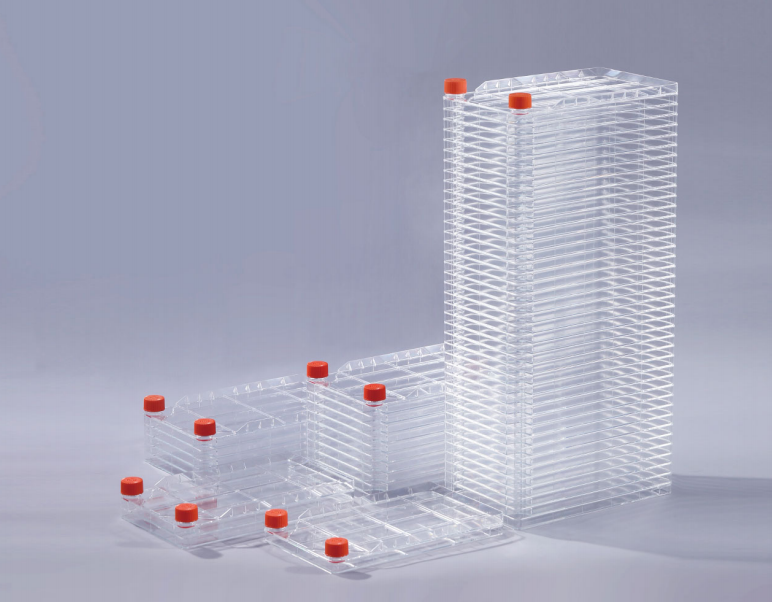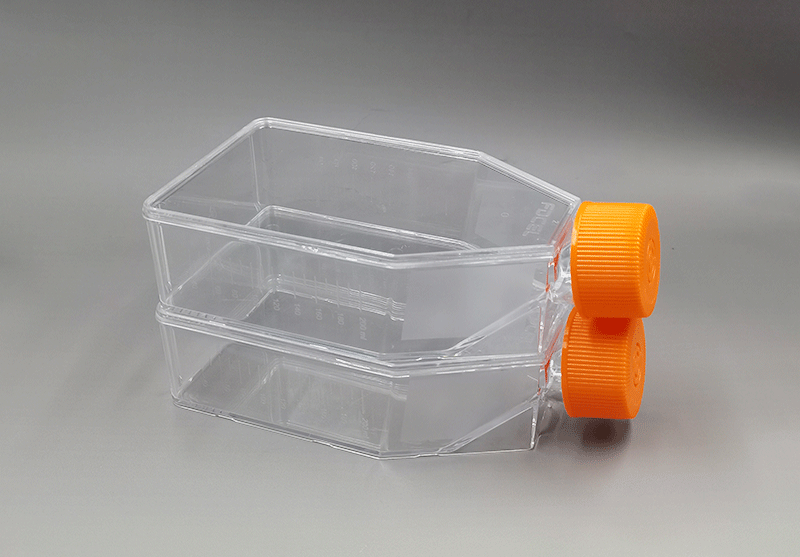Neutrophil Extracellular Traps (NETs) in Cancer Metastasis
癌症转移中的中性粒细胞胞外陷阱 (NETs)
Neutrophil Extracellular Traps (NETs) are formed following the activation of neutrophils and play an important role in the development of cancer, especially metastatic disease. In this review, we will portray the role of Neutrophils/NETs in the tumor microenvironment and circulation. We will furthermore discuss the role of neutrophil reverse migration, NET-mediated pre-metastatic niche formation, and possible treatment strategies to decrease metastatic cascade.
中性粒细胞胞外陷阱 (NETs) 是在中性粒细胞激活后形成的,在癌症,尤其是转移性疾病的发展中发挥重要作用。在这篇综述中,我们将描述中性粒细胞/NETs 在肿瘤微环境和循环中的作用。我们将进一步讨论中性粒细胞反向迁移的作用、NET 介导的转移前生态位形成以及减少转移级联的可能治疗策略。

Metastasis is the leading cause of cancer related morbidity and mortality. The metastatic process involves several identifiable biological stages, including tumor cell dissemination, intravasation, and the extravasation of circulating cancer cells to facilitate colonization at a distant site. Immune cell infiltration and inflammation within the tumor microenvironment coincide with tumor progression and metastatic spread and are thought to be the key mediators of this complex process. Amongst many infiltrating cells, neutrophils have recently emerged as an important player in fueling tumor progression, both in animal models and cancer patients. The production of Neutrophil Extracellular Traps (NETs) is particularly important in the pathogenesis of the metastatic cascade. NETs are composed of web-like DNA structures with entangled proteins that are released in response to inflammatory cues in the environment. NETs play an important role in driving tumor progression both in experimental and clinical models. In this review, we aim to summarize the current advances in understanding the role of NETs in cancer, with a specific focus on their role in promoting premetastatic niche formation, interaction with circulating cancer cells, and in epithelial to mesenchymal transition during cancer metastasis. We will furthermore discuss the possible role and different treatment options for targeting NETs to prevent tumor progression.
转移是癌症相关发病率和死亡率的主要原因。转移过程涉及几个可识别的生物学阶段,包括肿瘤细胞扩散、内渗和循环癌细胞外渗以促进远处定植。肿瘤微环境内的免疫细胞浸润和炎症与肿瘤进展和转移扩散相吻合,被认为是这一复杂过程的关键介质。在许多浸润细胞中,中性粒细胞最近已成为促进肿瘤进展的重要参与者,无论是在动物模型中还是在癌症患者中。中性粒细胞胞外陷阱 (NET) 的产生在转移级联的发病机制中尤为重要。NET 由网状 DNA 结构组成,其中包含纠缠蛋白,这些蛋白响应环境中的炎症信号而释放。NET 在实验和临床模型中都在推动肿瘤进展方面发挥着重要作用。在这篇综述中,我们旨在总结目前在了解 NET 在癌症中的作用方面取得的进展,特别关注它们在促进转移前生态位形成、与循环癌细胞的相互作用以及癌症转移过程中上皮向间充质转化中的作用。我们将进一步讨论靶向 NET 以防止肿瘤进展的可能作用和不同的治疗方案。我们旨在总结目前在了解 NET 在癌症中的作用方面取得的进展,特别关注它们在促进转移前生态位形成、与循环癌细胞的相互作用以及癌症转移过程中上皮到间充质转化中的作用。我们将进一步讨论靶向 NET 以防止肿瘤进展的可能作用和不同的治疗方案。我们旨在总结目前在了解 NET 在癌症中的作用方面取得的进展,特别关注它们在促进转移前生态位形成、与循环癌细胞的相互作用以及癌症转移过程中上皮到间充质转化中的作用。我们将进一步讨论靶向 NET 以防止肿瘤进展的可能作用和不同的治疗方案。

In recent years, significant advances have been made to understand the effect and mechanism of neutrophils and NETs in aiding tumor growth, progression, and metastasis. Neutrophils display a large amount of plasticity within the TME and pose a major challenge in the therapeutic targeting of cancer and metastasis. Different types of tumors and disease stages generate various cancer-derived factors that can promote the phenotypic shift of neutrophils towards a pro- or antitumor type. The identification of specific markers and the better characterization of these two populations could improve the specific targeting of pro-tumor neutrophils. In addition, understanding the biology of how these different neutrophil populations predispose NETs along with the type of traits can better elucidate the downstream effects of NETs in tumor growth and progression. On the other hand, NETs are frequently found within the TME and can promote pro-tumorigenic effects such as increased cancer metabolism, invasion, and growth; however, they can also directly interact with infiltrating immune cells to protect the tumor. Targeting NETs, specifically those that are formed from the protumor neutrophil subgroup, could play a promising role in anticancer therapy; however, due to the complexity and multifaced roles of neutrophils within the TME, further investigation is needed.

近年来,在了解中性粒细胞和 NET 在帮助肿瘤生长、进展和转移方面的作用和机制方面取得了重大进展。中性粒细胞在 TME 中表现出大量的可塑性,并对癌症和转移的治疗靶向提出了重大挑战。不同类型的肿瘤和疾病阶段会产生各种癌症衍生因子,这些因子可以促进中性粒细胞向促肿瘤或抗肿瘤类型的表型转变。特异性标志物的鉴定和这两个群体的更好表征可以提高促肿瘤中性粒细胞的特异性靶向。此外,了解这些不同中性粒细胞群体如何使 NETs 易感的生物学以及特征类型可以更好地阐明 NETs 在肿瘤生长和进展中的下游影响。另一方面,NETs 经常出现在 TME 中,可以促进促肿瘤发生作用,例如增加癌症代谢、侵袭和生长;然而,它们也可以直接与浸润的免疫细胞相互作用以保护肿瘤。靶向 NET,特别是那些由原中性粒细胞亚群形成的 NET,可以在抗癌治疗中发挥有希望的作用;然而,由于中性粒细胞在 TME 中的复杂性和多方面作用,需要进一步研究。入侵和增长;然而,它们也可以直接与浸润的免疫细胞相互作用以保护肿瘤。靶向 NET,特别是那些由原中性粒细胞亚群形成的 NET,可以在抗癌治疗中发挥有希望的作用;然而,由于中性粒细胞在 TME 中的复杂性和多方面作用,需要进一步研究。入侵和增长;然而,它们也可以直接与浸润的免疫细胞相互作用以保护肿瘤。靶向 NET,特别是那些由原中性粒细胞亚群形成的 NET,可以在抗癌治疗中发挥有希望的作用;然而,由于中性粒细胞在 TME 中的复杂性和多方面作用,需要进一步研究。
关键词:中性粒细胞可塑性,中性粒细胞胞外陷阱,肿瘤微环境,转移,neutrophil plasticity; neutrophil extracellular traps, tumor microenvironment,metastasis
来源:MDPI https://www.mdpi.com/2072-6694/13/23/6131/htm

上一篇: 测试细胞工厂细胞毒性常用的五种方法
下一篇: 细胞摇瓶在乳酸菌活菌检测中的应用